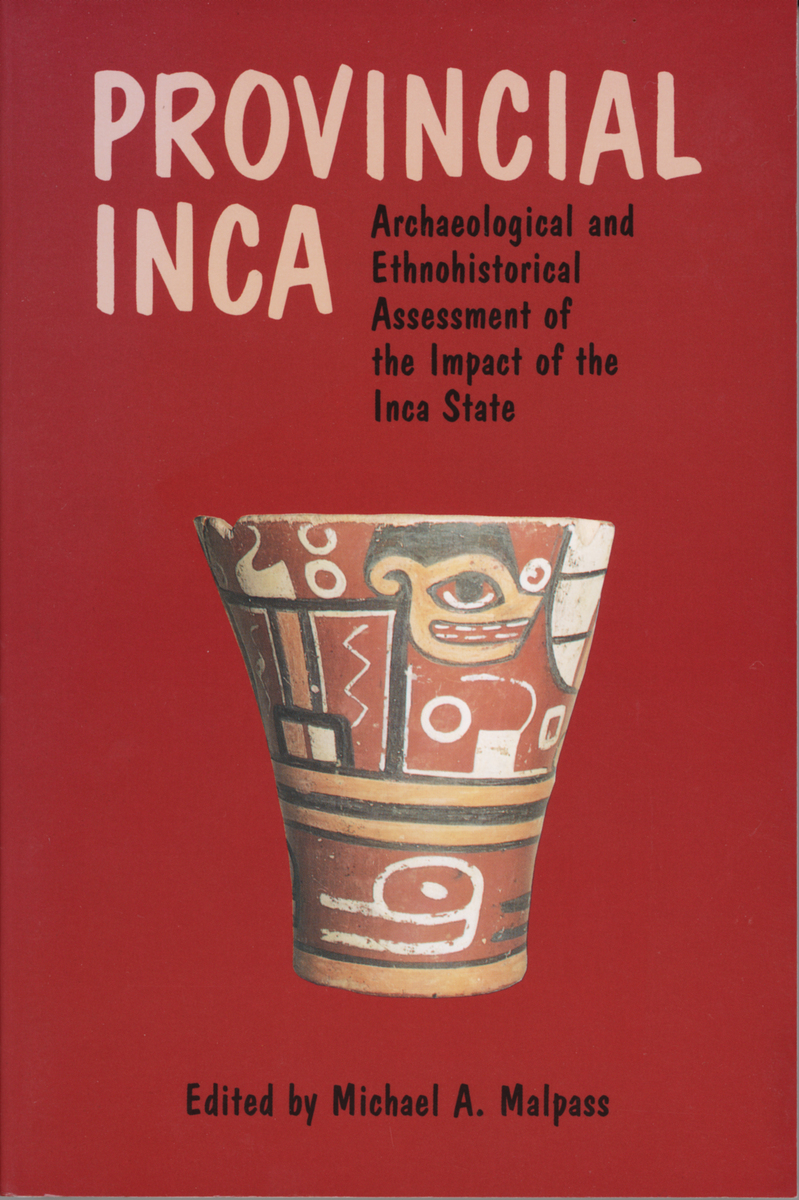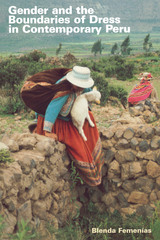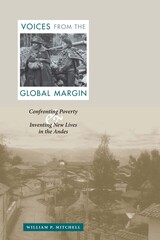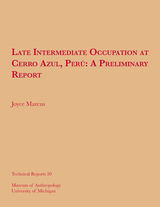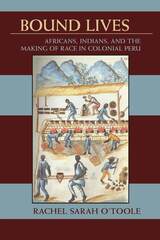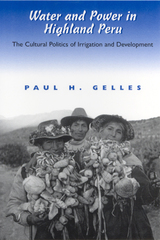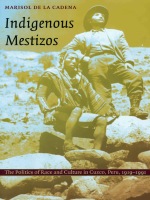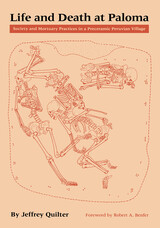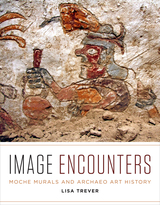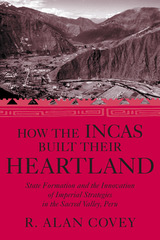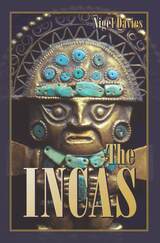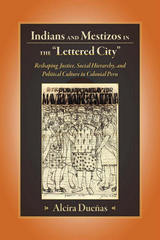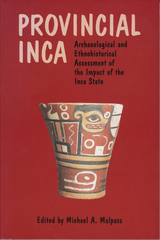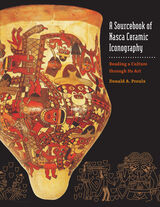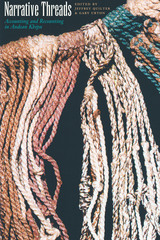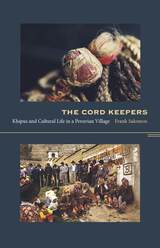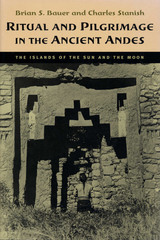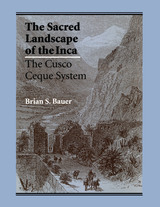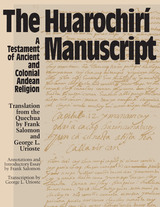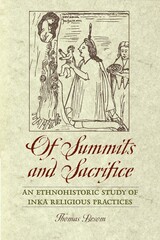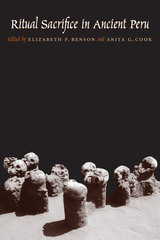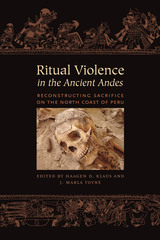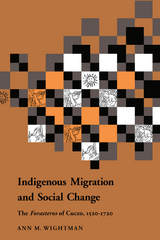Provincial Inca: Archaeological and Ethnohistorical Assessment of the Impact of the Inca State
University of Iowa Press, 1993
eISBN: 978-1-58729-137-1 | Paper: 978-0-87745-426-7
Library of Congress Classification F3429.3.P65P67 1993
Dewey Decimal Classification 985.01
eISBN: 978-1-58729-137-1 | Paper: 978-0-87745-426-7
Library of Congress Classification F3429.3.P65P67 1993
Dewey Decimal Classification 985.01
ABOUT THIS BOOK | AUTHOR BIOGRAPHY | REVIEWS | TOC | REQUEST ACCESSIBLE FILE
ABOUT THIS BOOK
The Inca empire of Tawantinsuyu spanned almost 2,000 miles of enormous environmental variety, from coastal deserts to high-altitude grasslands. In less than a century, without wheeled vehicles or animals that could be ridden, the Incas conquered cultures that differed as tremendously as their environments. From agriculture-based politics with an elaborate material foundation like the Chimu of the north coast of Peru to marginal communities of fisherfolk like the Uru of the Lake Titicaca region, all were incorporated into a strongly hierarchical system as the empire spread during the Late Horizon, from A.D. 1438 to 1532.
The essays in this distinctive, multifaceted volume combine the two principal sources of information on the Incas and the peoples they conquered—ethnohistorical accounts and archaeological research—to produce a single vision of a flexible, heterogeneous empire. The essayists' analytical focus evaluates the means by which we understand the Inca empire and its relationships with its conquered peoples; their empirical focus provides specific archaeological ways of identifying the Inca presence in provincial areas. Important contributions include the presentation of new data on Inca administrative policies and the merging of ethnic groups into the empire and the documentation of the many ways used to differentiate Inca from non-Inca material remains.
Encompassing a wide range of environmental conditions and many kinds of provinces,Provincial Inca tests archaeological data against ethnohistorical descriptions to illuminate the variability in Inca state policies with regard to the incorporation of different provinces. It should be read by anyone interested in Andean archaeology, ethnohistory, culture, ethnicity, and the formation of state.
See other books on: Andes Region | Archaeological | Incas | Malpass, Michael A. | Peru
See other titles from University of Iowa Press
